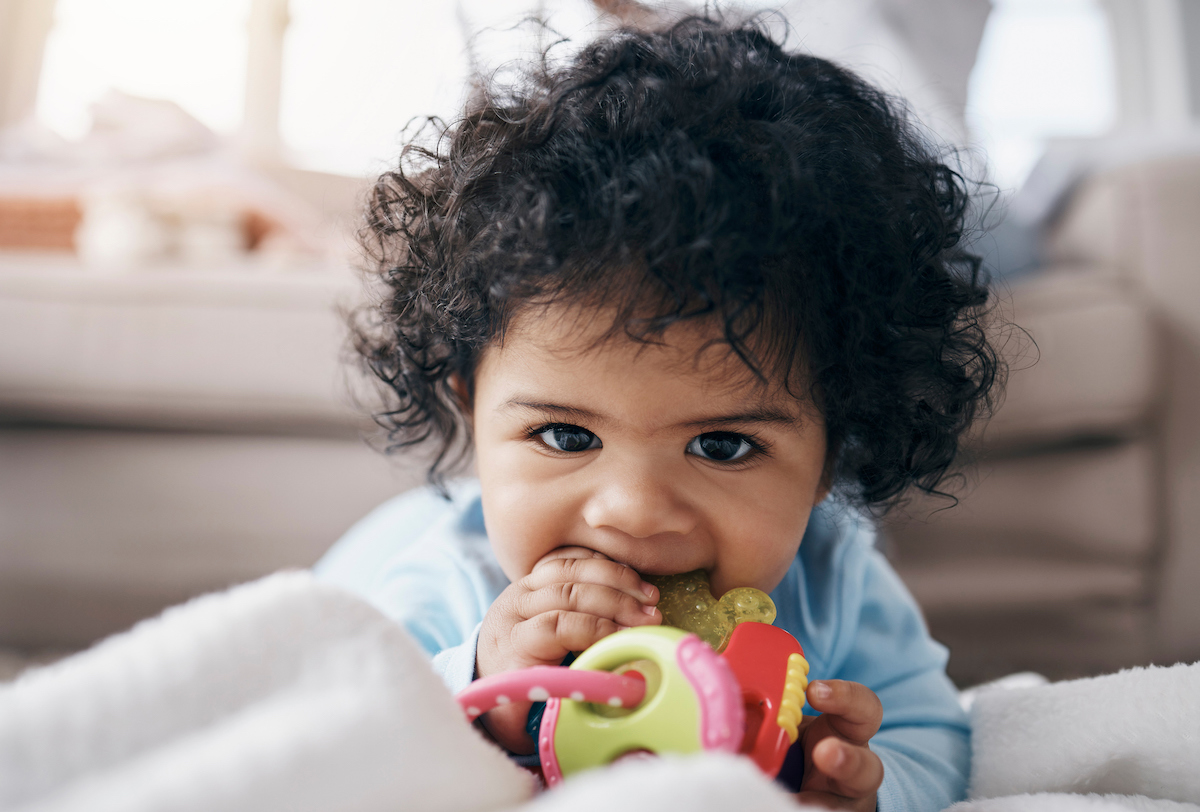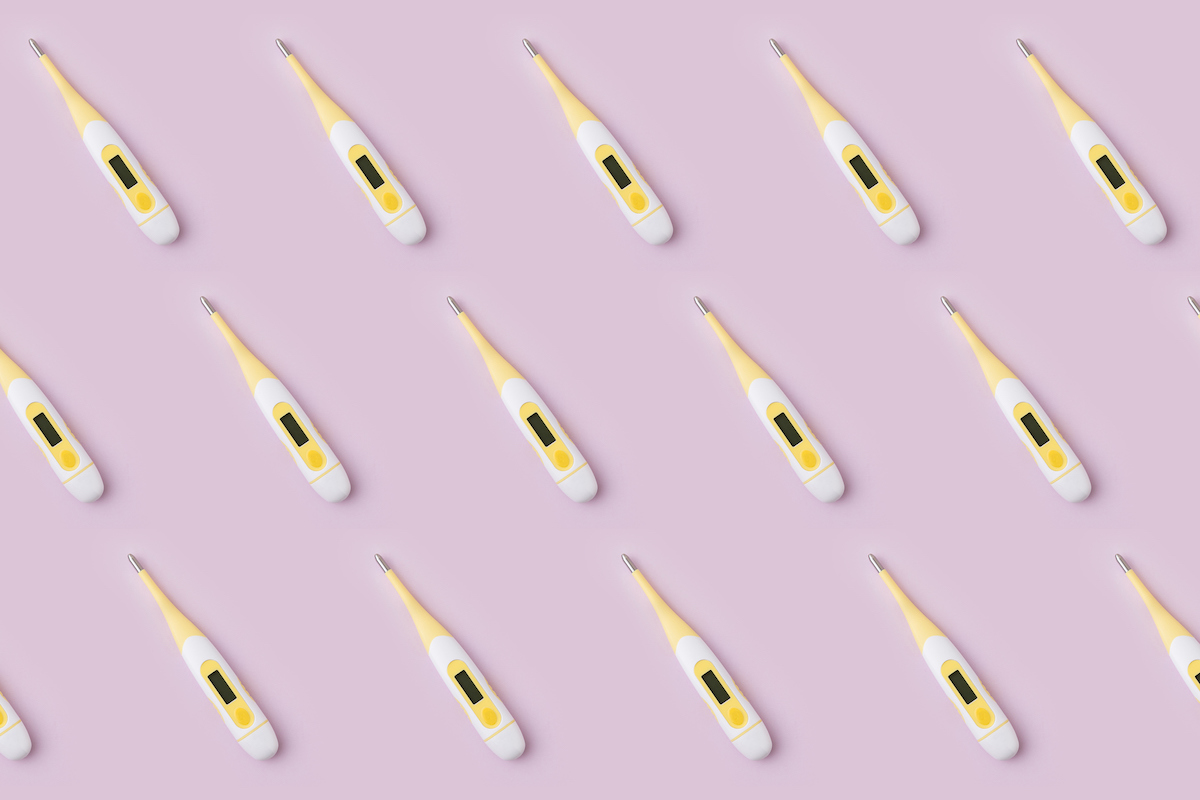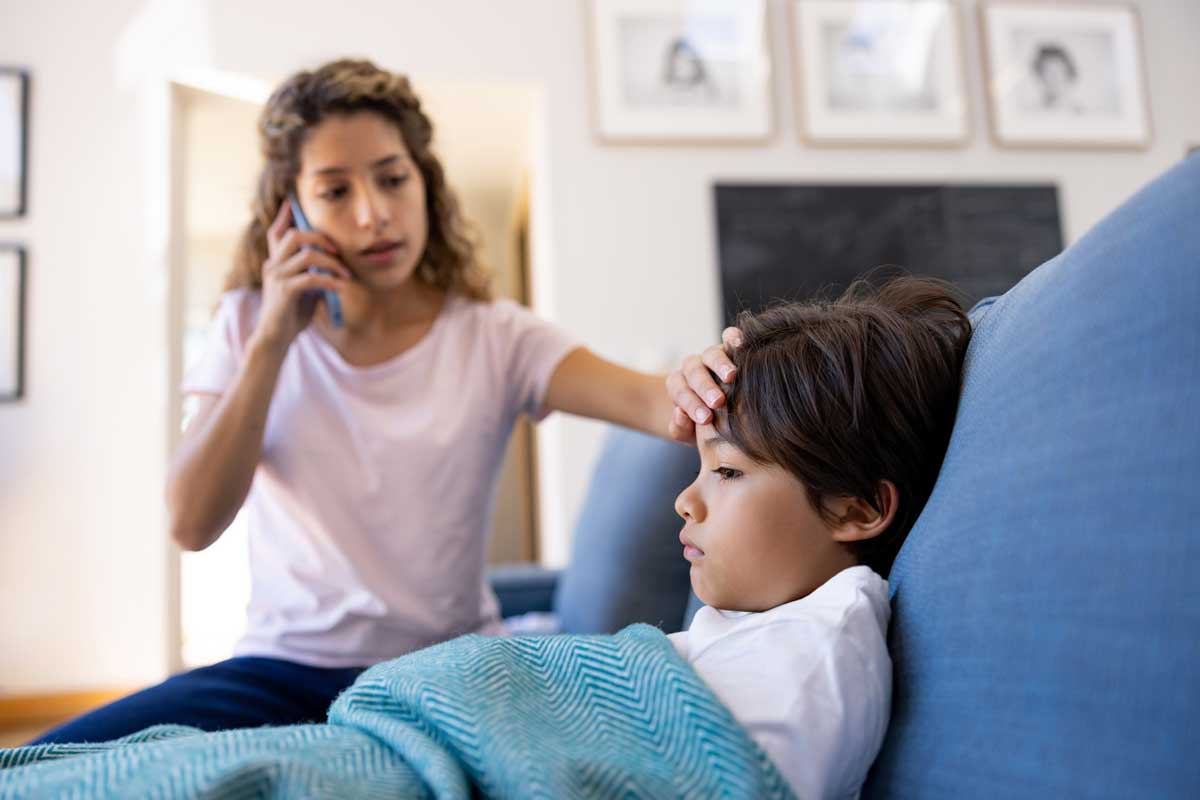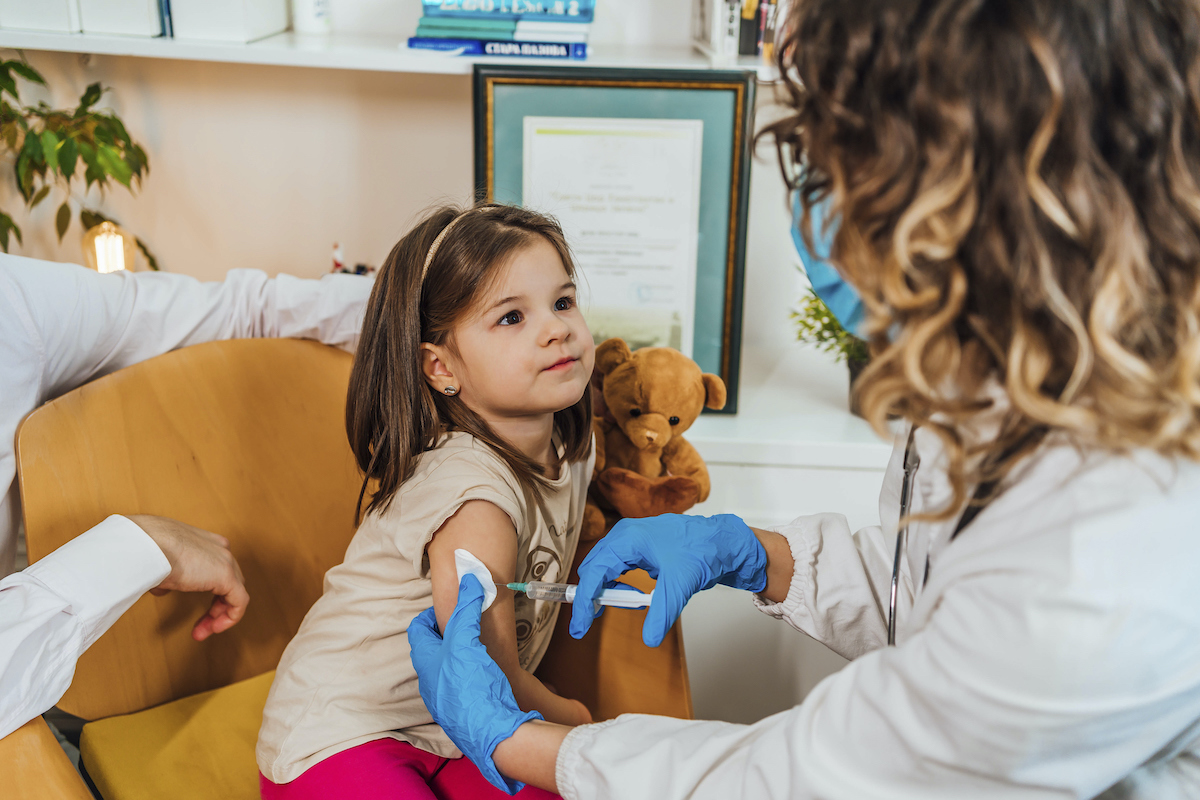After the past few months, we all have a lot of experience with fever. Last week I was greeted at 6:55 a.m., on returning from my run, by a child holding out the ear thermometer, telling me, “You’re better at using it than Dad.” I like to say that practice makes perfect.
We all know what a fever is (temp. greater than 100.4℉) and what it means logistically (specifically: no school or child care). What is less clear, and prompts more confusion and disagreement, is how to deal with it. There are some people who fear fever (“fever phobia”) in their kids and treat any elevated temperature with medication. There are others who believe that treating fever is bad, that it prolongs illness.
Who is right? Neither extreme is right (I am thinking of making this the newsletter tagline). More details below, but the TL;DR is that you should treat fever if it makes your child feel better, and not if they seem fine.
But let’s see the details! And HT here to an excellent post about this topic from months ago by Alasdair Munro, who has an overall great pediatrician Substack.
Note: this post is focused on fevers for kids over 3 months or so. For more about baby fevers, where things are a bit different, check out this post (“What Things Can I Do with My Baby?”) or my Instagram reel with Dr. Darria Long. Also [edited to add]: here is a short Q&A on febrile seizures, from back in 2021.
Should I be scared of any fever? Can my kid get too hot?
A fever is a body’s response to infection. It’s not perfectly understood why we have this response, but it is extremely common across animals, and generally it seems like the higher temperatures slow bacteria and viral growth and activate different parts of the immune system. The important point underlying this is that the fever itself isn’t the issue; it’s the underlying cause that may be a problem. If, as is usually the case with our children, the underlying cause is a childhood virus, we do not tend to worry overmuch.
Sometimes kids have really, really high fevers, and it can be kind of startling. My older kid in particular used to spike very high fevers, and I remember being quite alarmed when a temperature like 104.7° came up on the thermometer. However, a fever produced by illness in this way will not get too high for your child. And the fact that the fever is high isn’t necessarily a sign of a worse illness.
I make this point to people a lot when they ask about the best thermometer. Ear thermometers, for example, often give different results in different ears. But that’s fine, because it really doesn’t matter how high the fever is. By the time you are an experienced ill-child parent, you can also usually tell with the hand-on-the-forehead technique. I don’t want to brag, but the other day I said “102” based on the forehead, and it was 101.9° in one ear and 102.1° in the other. Who needs technology when you have hands?
Is it better not to treat it?
This is the most complicated question. From a logical standpoint, you can see why people ask it. I noted above that fever is a body’s response to infection, and we presume (because, evolution) that this is because fever is useful. Lowering body temperature might, therefore, make it harder to fight infection. But it is not obvious that this would be true, and our understanding of the mechanisms doesn’t tell us a full answer. It’s a question for data.
In general, that data suggests that treating fever doesn’t affect recovery in a positive or negative way. This has been best studied in critically ill patients. A well-known paper from 2015 showed in a randomized trial that outcomes were no different for critically ill (adult) patients whose fever was treated with acetaminophen versus not. They had the same mortality risk and the same time in the ICU.
There are some nice general summary papers (like this one) that pull together a lot of literature to suggest that treating fever doesn’t really have much impact in either direction on outcomes. In the specific case of childhood illness, a meta-analysis from 2013 argued a similar thing — treating fever doesn’t, on average, slow recovery.
There are, of course, the theoretical arguments. There is also one experiment in iguanas. Sick iguanas who were given medication to keep their fever low were more likely to die than those who weren’t given medication. This relevance is complicated.
Do I have to treat?
Absolutely not. As noted above, the data suggests that treating a fever doesn’t improve outcomes. The only reason to treat it is so your child will feel better.
The pediatrician phrasing on this that I like is “Treat the child, not the fever.” A fever can make your kid feel terrible, and treating it so they feel better and can have a better day eating and watching TV in their bed may be a good idea. There is no reason not to. But: if your child seems to basically feel okay, there is simply no need to treat the fever. (The same goes for you, by the way.)
A corollary to this is, again, you do not need to worry too much about their actual temperature or take it all the time. Think about the mood, not the fever.
If not based on fever, when should I be worried?
How do you know if your kid is sick enough to call the doctor, or go to the ER? When do you worry? If not at a fever of 104.7°, when?
The answer, which is both frustrating when initially said and then makes a lot of sense when you experience it, is: if they do not seem like themselves; if they seem really sick.
Sick kids sleep more, but they will wake up if you wake them. Similarly, they may be kind of whiny, but you can make them feel better. They’ll stay hydrated, even if they do not want to eat. If a child is totally unconsolable or is very hard to wake up or hasn’t been peeing at all, this is when you worry. And you’d worry about this even if there was no fever.
Final point!
Ibuprofen or acetaminophen?
Ibuprofen seems to work better on fever in randomized trials. But both work well, so if you cannot find the Children’s Advil in grape and your child only approves grape medicine, go with the Tylenol.

















